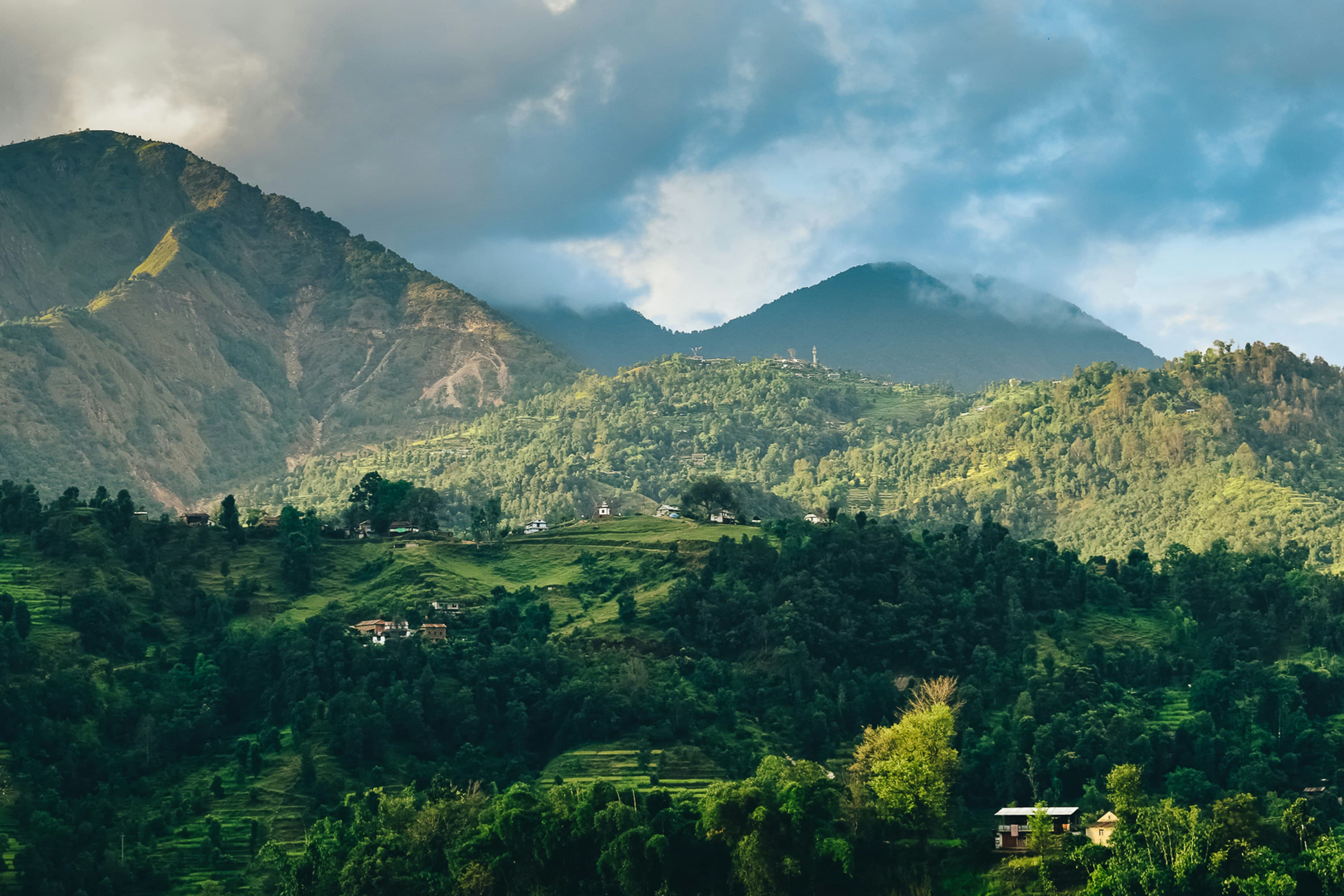
Discover South Asia
Our Destinations
Discover the hidden gems and iconic landmarks of South Asia with our expertly crafted travel experiences
Discover nepal
Explore breathtaking landscapes, rich cultural heritage, and unforgettable adventures in this remarkable destination
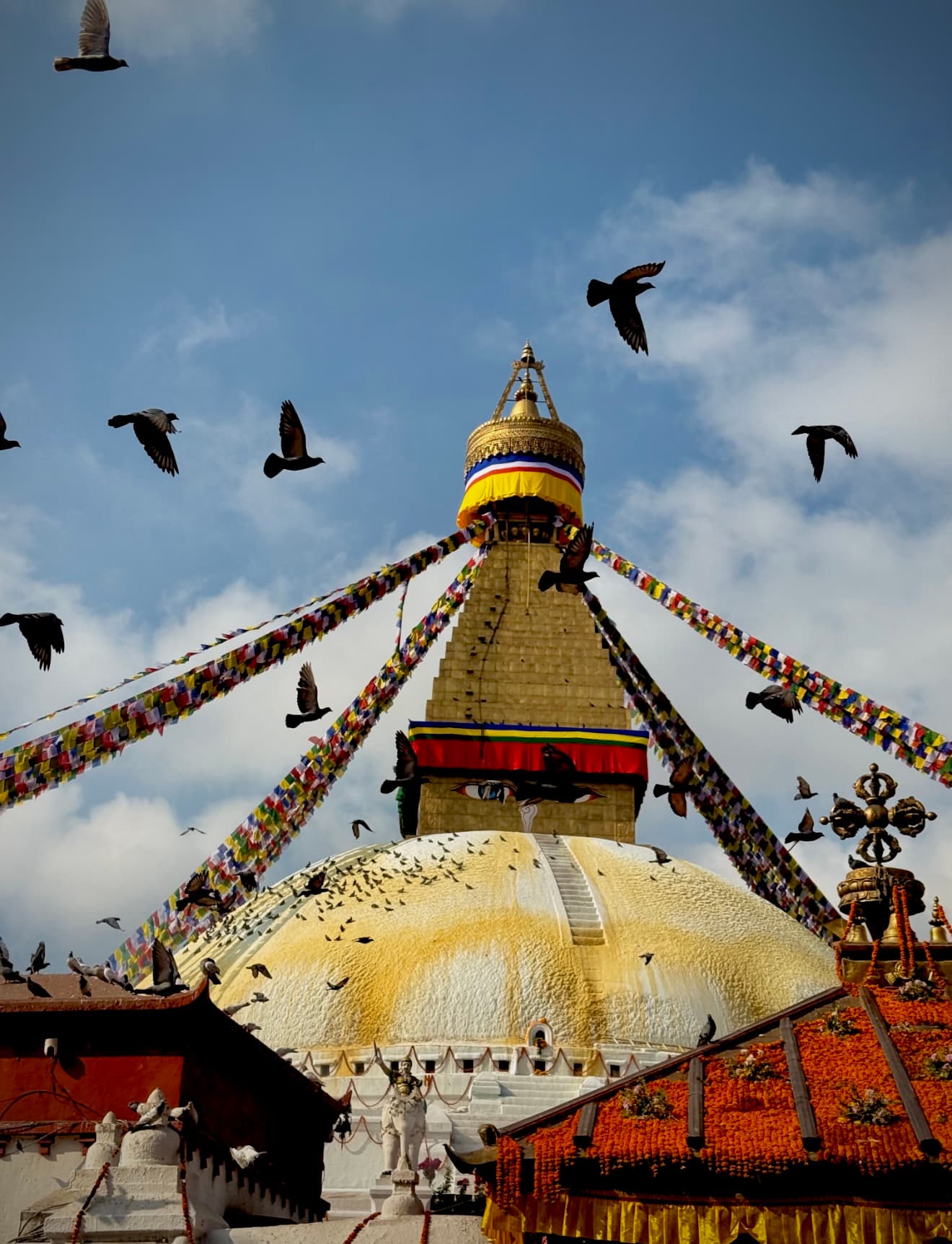
Kathmandu Valley

Western Region
Western Region: The Undiscovered Heartland of Himalayan Trekking Adventures
Western Region of Nepal is one of the most untouched and authentic trekking regions in the country. It’s a land of remote mountains, ancient cultures, and wild landscapes—perfect for travelers looking to go beyond the usual tourist paths. Far from the busy trails of Everest and Annapurna, this region offers a quieter, deeper journey through some of Nepal’s most magical places.
In Upper Dolpo, you’ll hike through peaceful valleys, pass through traditional Bon villages, and reach the stunning turquoise waters of Shey Phoksundo Lake—Nepal’s deepest lake. The area feels timeless, with ancient monasteries and a way of life that hasn’t changed for centuries.
In Upper Mustang, the landscape turns dry and dramatic, with wind-carved cliffs, cave dwellings, and the legendary walled city of Lo Manthang. Once known as the "Last Forbidden Kingdom," Mustang offers a rare glimpse into Tibetan culture and traditions in Nepal.
Further west, Rara Lake in Mugu is a hidden gem surrounded by forests, rolling hills, and peaceful alpine meadows. It’s Nepal’s largest lake and an ideal destination for those who love nature, quiet trails, and local village life.
Trekking in Western Nepal is perfect for those seeking solitude, natural beauty, and a genuine connection with mountain life and culture. It’s not just a trek—it’s a journey into a world that still moves to the rhythm of tradition, silence, and the spirit of the high Himalayas.
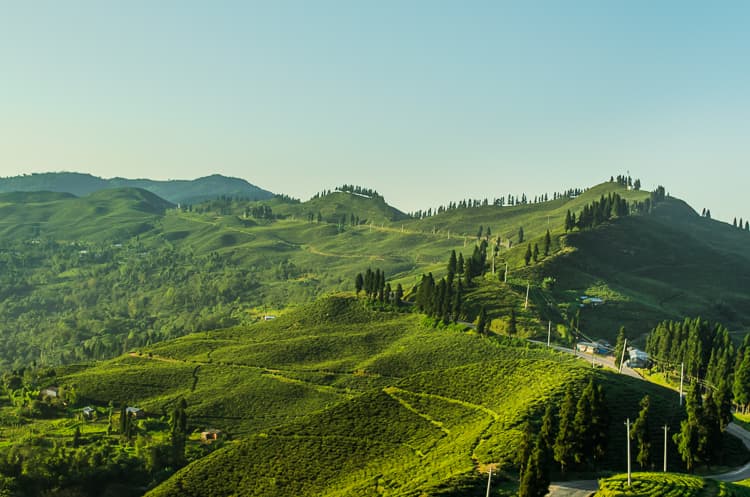
Eastern Region
Discovering Eastern Nepal: A Land of Majestic Peaks, Rich Culture, and Untouched Wilderness
Eastern Nepal stands as one of the most enchanting and least-explored corners of the Himalayas. Framed by the towering giants of Mount Kanchenjunga and Mount Makalu, the region offers an extraordinary blend of raw natural beauty, vibrant indigenous cultures, and pristine trekking landscapes. For travelers seeking an authentic Himalayan experience far from the well-trodden paths of Everest and Annapurna, Eastern Nepal unfolds as a treasure trove of adventure and cultural immersion.
At the heart of Eastern Nepal lies the Kanchenjunga Region, home to the awe-inspiring Mount Kanchenjunga (8,586m)—the third highest mountain on Earth. This remote area remains a sanctuary of wilderness and tradition, shielded by the Kanchenjunga Conservation Area, which preserves its diverse ecosystems and rare wildlife, including elusive snow leopards and red pandas.
Trekking in this region is an expedition into a world of dense rhododendron forests, expansive alpine meadows, and glacial valleys, all threaded through ancient trails that connect vibrant indigenous communities. The local Rai and Limbu peoples welcome visitors with warm hospitality, sharing their rich cultural heritage through colorful festivals, traditional music, and unique rituals that have thrived for centuries.
The Kanchenjunga trek is not just a journey through nature but a deep dive into a living cultural landscape, where every village and valley tells stories of resilience, faith, and harmony with the mountains.
Just south of Kanchenjunga, the Makalu Region offers another dimension of Nepal’s Himalayan grandeur. Centered around Mount Makalu (8,481m)—the world’s fifth highest peak—this area is famed for its raw, untouched wilderness inside the vast Makalu-Barun National Park.
Trekking to Makalu Base Camp takes travelers through a dramatic mosaic of ecosystems, from lush subtropical forests teeming with diverse flora and fauna to stark alpine ridges and snow-capped summits. The path is rugged and less commercialized, inviting only those who seek solitude and an unfiltered connection with nature.
The Makalu region’s natural beauty is complemented by quaint mountain villages where traditional lifestyles endure, offering a genuine glimpse into Himalayan rural life away from the buzz of popular trekking circuits.
Eastern Nepal is much more than mountains. It’s a vibrant mosaic of ethnic groups, including Rai, Limbu, Sherpa, and others, whose languages, customs, and festivals enrich the region’s cultural fabric. Visitors can explore the rolling tea gardens of Ilam, famous throughout Nepal for its fragrant tea estates and breathtaking sunrise views from Shree Antu hill.
Pilgrimage sites like Pathibhara Temple stand majestically on hilltops, drawing devotees and travelers alike with their spiritual aura and panoramic views of the eastern Himalayas. The region’s protected conservation areas safeguard endangered species and ancient forests, making it a paradise for nature lovers and wildlife enthusiasts.
Why Eastern Nepal Should Be on Your Travel Map
For those yearning to step off the beaten path, Eastern Nepal promises discovery and serenity. The region’s remoteness ensures fewer crowds, quieter trails, and more authentic cultural exchanges. It’s an invitation to explore towering peaks, ancient forests, and living traditions that have stood the test of time.
Whether you are trekking the challenging routes to Kanchenjunga or Makalu Base Camps, wandering through lush tea gardens, or soaking in spiritual tranquility at sacred temples, Eastern Nepal captivates with its untamed beauty and soulful experiences.
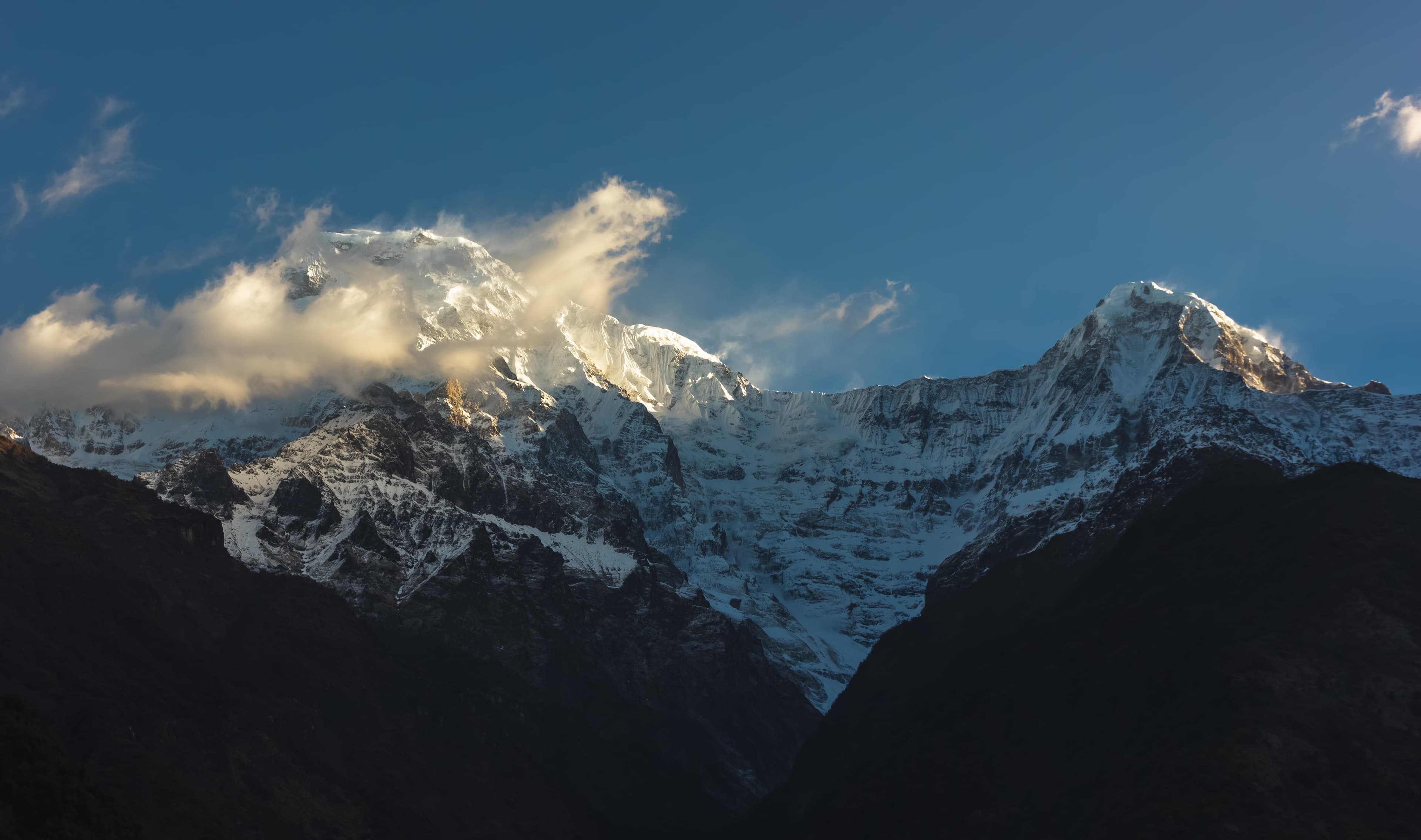
Langtang Region
The Langtang Region, located just north of Kathmandu, is one of Nepal’s most accessible and scenic trekking areas, offering a perfect balance of natural beauty, cultural immersion, and peaceful trails. Nestled between the Himalayan ranges and the Tibetan border, this region is renowned for its spectacular mountain views, alpine forests, glacial valleys, and authentic Tamang heritage.
The most popular trekking route is the Langtang Valley Trek, which begins from Syabrubesi and follows the Langtang River through lush rhododendron and bamboo forests, charming villages, and high alpine pastures to Kyanjin Gompa, a traditional Buddhist monastery surrounded by snow-capped peaks. Other notable trails include the Gosaikunda Lake Trek, known for its sacred alpine lakes, and the Tamang Heritage Trail, which offers deep cultural insights into the lives and traditions of the indigenous Tamang people.
Though the 2015 earthquake significantly impacted the region, Langtang has since recovered and reopened to trekkers, with rebuilt lodges and restored trails. The area remains quieter than Annapurna or Everest, offering a more serene and less commercialized trekking experience.
Rich in biodiversity, spiritual landmarks, and mountain panoramas—including Langtang Lirung (7,227m)—the Langtang Region is ideal for those seeking a short yet rewarding Himalayan journey with close proximity to the capital and deep cultural encounters.

Annapurna Region
The Annapurna Region is one of Nepal’s most diverse and popular trekking destinations, offering an extraordinary blend of natural beauty, cultural richness, and trekking variety. Dominated by the majestic Annapurna Massif, which includes Annapurna I (8,091m)—the 10th highest mountain in the world—this region features a stunning range of landscapes, from lush subtropical forests and terraced fields to alpine meadows and high-altitude desert.
Treks in the Annapurna Region cater to all levels of trekkers, from short scenic hikes to challenging multi-week adventures. Iconic routes include the Annapurna Base Camp (ABC) Trek, the Annapurna Circuit, Mardi Himal Trek, Poon Hill Trek, and Khopra Ridge Trek. Each trail offers unique views of Himalayan giants like Machapuchare (Fishtail), Dhaulagiri, Hiunchuli, and Gangapurna, along with panoramic sunrises, cascading waterfalls, and encounters with diverse ethnic communities such as Gurung, Magar, and Thakali.
The region is well-supported by a network of teahouses and lodges, making trekking both accessible and comfortable. Starting points like Pokhara, a serene lakeside city, add to the region's appeal with options for relaxation and adventure activities.
The Annapurna Region stands out not only for its breathtaking scenery but also for the cultural warmth and variety it offers, making it a perfect destination for trekkers seeking both adventure and meaningful connection with local life.
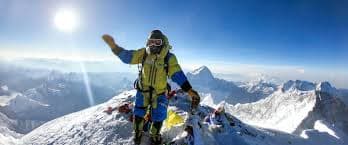
Everest Region
The Everest Region, also known as the Khumbu Region, is one of the most iconic and awe-inspiring trekking destinations in the world. Located in northeastern Nepal within the Sagarmatha National Park, this region is home to Mount Everest (8,848.86m)—the highest peak on Earth—as well as several other towering Himalayan giants like Lhotse, Nuptse, and Ama Dablam.
Trekkers are drawn to the Everest Region not only for its dramatic landscapes of snow-covered mountains, deep valleys, and glacial rivers, but also for its rich Sherpa culture, centuries-old monasteries, and warm local hospitality. Starting from the mountain airstrip at Lukla, popular trekking routes include the Everest Base Camp Trek, Gokyo Lakes Trek, Three Passes Trek, and Everest View Trek, each offering unique perspectives and experiences.
Along the way, trekkers pass through traditional Sherpa villages such as Namche Bazaar, Tengboche, Dingboche, and Gorak Shep, gaining insights into high-altitude lifestyles and Buddhist spiritual traditions. The trek offers stunning views of Everest, especially from famous viewpoints like Kala Patthar (5,545m) and Gokyo Ri (5,357m).
With well-established trails, comfortable teahouses, and a strong support network of guides and porters, the Everest Region is suitable for both seasoned trekkers and adventurous beginners. Beyond the physical journey, trekking in the Everest Region is a spiritual and cultural experience that leaves a lasting impression.
Explore South Asia
Our expertly crafted tours span across the most captivating destinations in Nepal, Bhutan, and Tibet. From the towering Himalayas to pristine landscapes and ancient temples, we'll guide you through the diverse landscapes and rich cultural heritage of South Asia.
Nepal
Home to the Himalayas, ancient temples, and vibrant culture
Bhutan
The Land of the Thunder Dragon, famous for monasteries, fortresses, and dramatic landscapes
Tibet
Roof of the World, renowned for its spiritual culture and breathtaking plateaus
